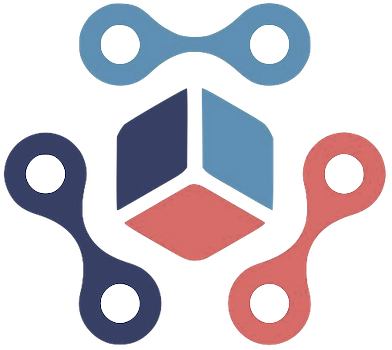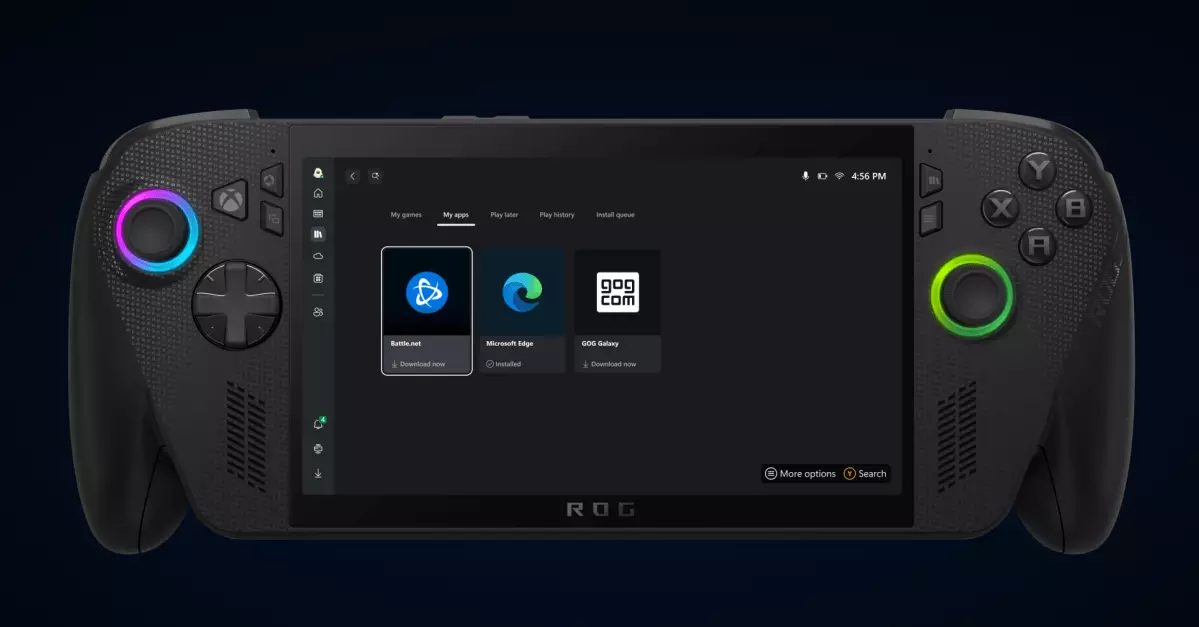Microsoft continues its aggressive push to streamline and unify the PC gaming landscape with the introduction of the innovative ‘My Apps’ feature within the Xbox app for Windows 11. This development signals a strategic shift, aiming to transform the way gamers access and manage third-party applications, particularly on handheld devices like the Xbox Ally. Instead of navigating through multiple storefronts and desktop interfaces, users will find a centralized hub that consolidates popular gaming utilities, browsers, and rival storefronts. This isn’t just a minor tweak; it’s a fundamental redefinition of how a gaming ecosystem can operate, with Microsoft positioning itself as the gatekeeper to a more integrated and user-friendly experience.
This expansion of the Xbox app reflects Microsoft’s broader vision of turning Windows into the ultimate gaming hub. By integrating third-party storefronts like Steam, Battle.net, and Ubisoft Connect directly into its interface, Microsoft is essentially remixing the traditional PC gaming model. The goal? To make switching between environments seamless, reducing friction while enhancing convenience. The inclusion of browsers such as Chrome and GOG Galaxy indicates an ambition to cater to a broad spectrum of gamers and users alike, blurring boundaries that previously existed between platforms, publishers, and utility apps. It’s an audacious move that hints at transforming the Windows ecosystem into a one-stop shop, much in the way mobile app stores consolidated various services into single platforms.
Implications for User Autonomy and Market Dynamics
While the practical benefits of ‘My Apps’ are clear—simplified access, centralized management, and a more cohesive experience—this move raises critical questions about user autonomy and market influence. On one hand, easier access could democratize PC gaming, especially benefiting casual gamers and those operating on handheld devices, which traditionally struggled with cumbersome interfaces. This could lead to increased engagement, more diverse ecosystems, and perhaps even a decline in app navigation frustrations.
However, there’s another, less optimistic perspective worth considering. Microsoft’s dominance in hardware and software raises concerns about consolidating too much control over users’ digital environments. By pushing proprietary systems and integrating third-party apps into its platform, Microsoft risks stifling competition, especially if its curated “tailored selection” of apps becomes the only gems available without hurdles. The tendency of Microsoft to soften multi-platform openness—seen previously in its Windows configurations—might eventually tip into exclusivity, subtly prioritizing its store and services over others. Such a strategy could marginalize smaller developers and alternative ecosystems, limiting diversity and innovation in the long run.
Moreover, the beta status of this feature underscores ongoing bugs and instability, hinting that these ambitious integrations are still in the experimental phase. Early bugs and incomplete implementations can frustrate users and undermine confidence, especially if critical functionalities—like app downloads—fail. However, this cautious rollout also reflects Microsoft’s awareness of the delicate balance they are attempting to strike: innovate boldly while managing user experience and competitive ethics.
Transforming the Future of Handheld PC Gaming: A Double-Edged Sword
The most compelling aspect of Microsoft’s latest initiative is its focus on handheld PC gaming devices like the ROG Xbox Ally. These devices are the future of portable gaming, and Microsoft’s efforts to adapt its app ecosystem to fit these form factors is a strategic move. With ‘My Apps,’ navigating between games, utilities, and browsers on a handheld device becomes more intuitive, potentially elevating the portable gaming experience to new heights.
Yet, this transition is not purely technological; it is deeply philosophical. Does centralizing apps and utilities inevitably lead to a better gaming environment, or does it risk creating a walled garden that restricts user freedom? The analogy here is not lost—mobile ecosystems like Android and iOS have long struggled with these questions, balancing convenience against the risks of monopolistic control. Microsoft, leveraging its Windows expertise, seems intent on creating a unified experience that maximizes user retention. Still, it’s essential for consumers and regulators alike to ask whether the benefits outweigh the potential for overreach.
The move also signals Microsoft’s intent to redefine what a gaming platform can be. It’s no longer solely about hardware or a specific operating system; it’s about crafting an ecosystem that encompasses every aspect of gaming and associated utilities. While that can empower users by providing a robust, all-in-one environment, it also raises the specter of diminished choice and increased dependency on a single corporation’s strategic vision.
In sum, Microsoft’s ‘My Apps’ feature could be a game-changer for PC and handheld gaming—if executed thoughtfully. Its success hinges on balancing innovation with fair competition, user freedom with convenience, and expansion with stability. Only time will reveal if this bold step marks a new era of empowered gaming or tightens the grip of a tech giant seeking to dominate yet again.

